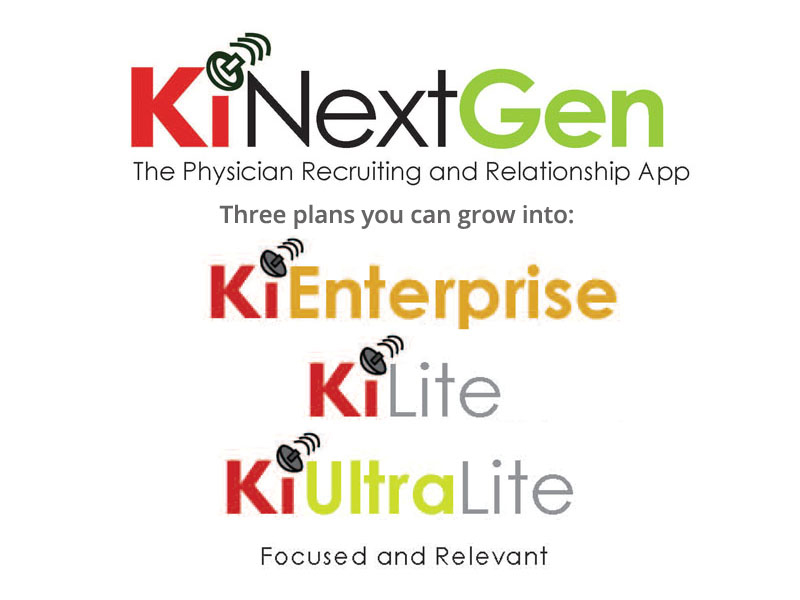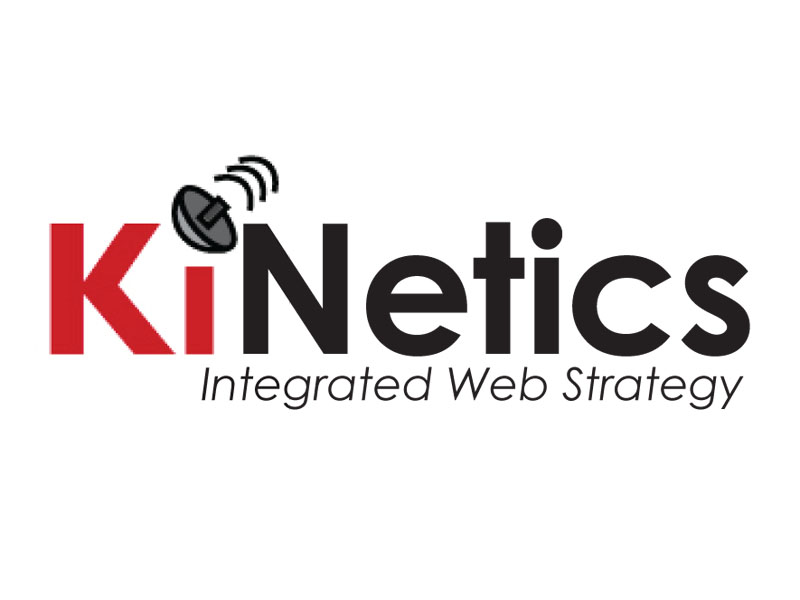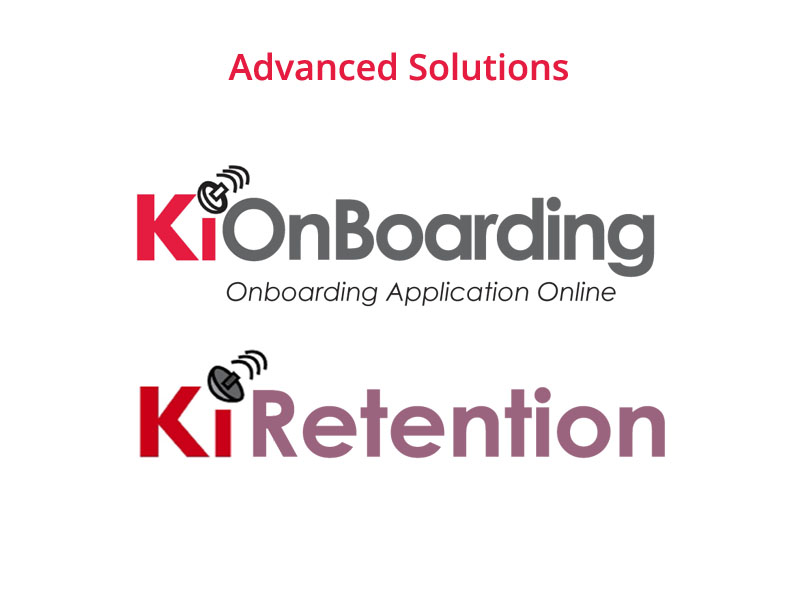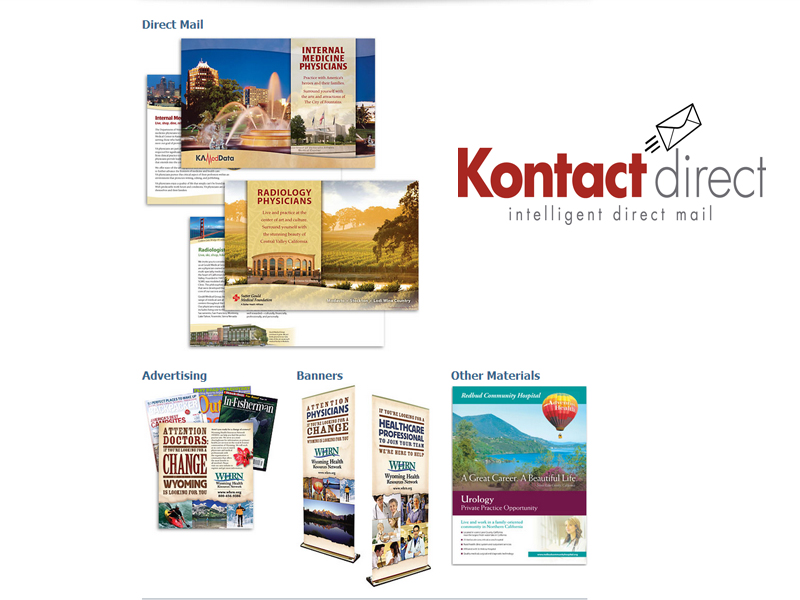Customer Intelligence: Building Strong Provider Relationships
The dilemma we face today
In a perfect world, hospital leadership would like to have a perfect and trustworthy loyal exclusive one-on-one professional relationship with not only every physician and mid-level provider (collectively Provider) on their medical staff, but also with every healthcare Provider in the entire service area who could potentially refer business to the hospital.
If each of us has 25 to 50 or so very deep-rooted relationships such as those with loved ones along with a handful of very close friends, we can only manage another 100 to 125 stable inter-personal relationships until we reach our individual limits, If this theory is valid, how does this impact the ability to reach that ideal state of loyalty and trust?
Herein lies the dilemma, if an organization had 500 medical staff and another 500 to 700 additional service area Providers, the size of a dedicated team would be need to be rather large to build a “semi-trusted advisor” level relationship with each of the organization’s target provider network members. The only real option is to do more with less by establishing statistical process controls (SPC) to measure and report to management in a meaningful way, issues ranging from what Providers are happy or dissatisfied about, opportunities where the hospital could help the physician to grow their business, and status of on-going initiatives to create Provider loyalty. What’s measured is worked on. Processes alone are not enough though to manage the volume of inbound and outbound marketing, business development, and customer intelligence data an organization has to manage in today’s fast paced competitive information environment.
Gaining Trust Ensures Sales
Tom Searcy, author of “Whale Hunting,” introduces the concept of what it takes to sell to the c-level. In our industry, Providers are generally the CEO’s of their business. He explains the migration of a sales professional from a product sales rep to those that a CEO will reach out to on their own initiative when they need help, a trusted advisor. Hospitals today must have a strong team of trusted advisors available to their Provider network.
The goal is to build deep and long-lasting Provider relationships that develop over time into a “Trusted Advisor” relationship resulting in significant increased referrals at a high contribution margin. Physician and mid-level Providers (collectively “Provider”) are at the very heart and soul of every healthcare organization. Without Providers, there are no revenues and, therefore, no business.
Historically, in our industry, organizations know more about our own service line products and services than about our clients, the Providers. This lack of knowledge about our constituents is not unique to healthcare and as discussed in the 2010 Global CEO Survey conducted by IBM, Capitalizing on Complexity, re-inventing customer relationships is “key” to success in the next five years. (See link below.) At the top of the list is “creative leadership,” and the healthcare industry is certainly not immune to the forces affecting other industries.
Healthcare reform also compounds complexity. Never before has “Thinking Outside the Box” been more relevant. In the IBM survey, “CEOs foresee bigger government and heavier regulation ahead” and our healthcare industry is no exception (See IBM Survey here). Questions not only by healthcare administrators, but by the physician community about the “Reform” impact certainly add to the sense of mounting uncertainty, unpredictability, and complexity of what the future holds and how best to take advantage of opportunities.
Tactical sales is no longer enough, it’s about creating a much deeper understanding as to how to support the success of the Provider. At the highest levels of sales, the client reaches out to their “Trusted Advisors” for solutions and innovation. Those that reach the level of Trusted Advisors must have the tools they need at their disposal to deliver on their promises. One of the most critical tools is a strong industry specific relationship management intelligence technology solution to store data, manage and track, and report on what the network needs.
So how do you manage these challenges? Hard work, establishing a solutions-oriented professional sales team of trusted advisros, and using technology to rapidly disseminate and collect valuable information people can use.
At the 2010 INC. 500/5000 Fastest Growing Private Companies in America Awards Ceremony in Washington DC, a question was asked of a Top 25 Ranked CEO about her biggest regret in the last five years, her reply was clear and concise; she wished that she had viewed technology as an “investment” that would make her money as she views it now, as opposed to five years ago, when she thought of “technology” as something she would only need if she had a problem. Today she clearly sees technology as an investment generating profits rather than an expense.
Selecting the right advanced Customer Relationship Intelligence (CRI) technology should not be rushed and should not be a cause for delay in building a program. In part two of this series, we will show you how to build your program in three easy steps even if the tracking tool used is an excel spreadsheet to get started.
Then when ready, incorporate the appropriate software technology to consistently reach, manage, and build trusted relationships with the network. The “if I only knew then what I know now” dilemma is minimized by having a better understanding of your customer, the Provider, and what drives them and the only way to disseminate, collect, and manage what is important is to ultimately tap into the power of technology
Every other industry has realized technology is not an expense. Healthcare cannot afford NOT to get on board.
Print this article Back to top







